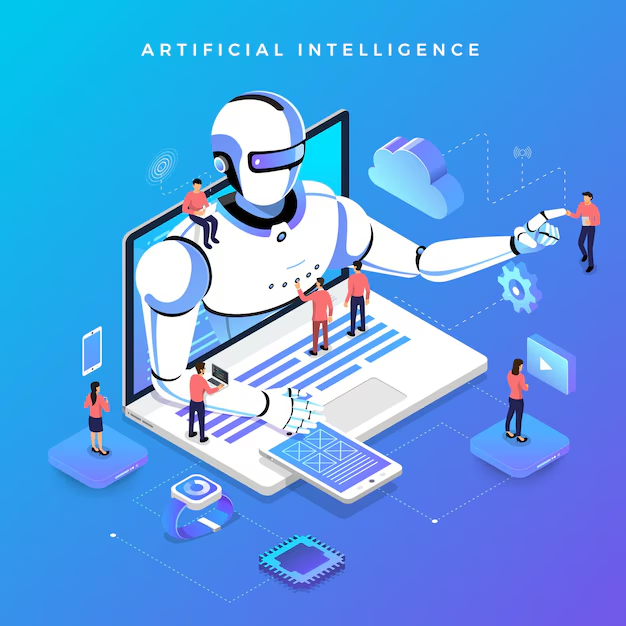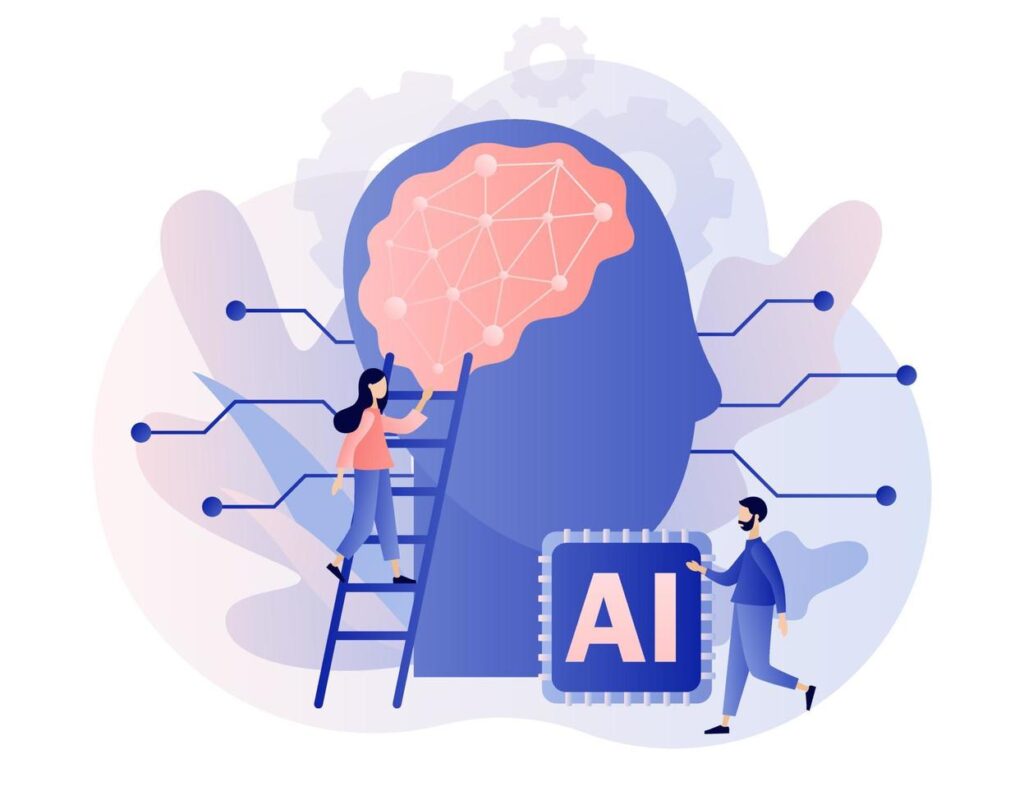
Machine Learning and Neural Networks: The Core of Artificial Intelligence
Machine Learning and Neural Networks are at the heart of modern Artificial Intelligence (AI). These two technologies give computers the ability to learn from data, recognize patterns, and make intelligent decisions without being programmed for every possible situation. In simple words, Machine Learning is like teaching a computer by showing examples, while Neural Networks are advanced models that mimic the way the human brain processes information.
👉 For a detailed beginner’s overview, check our Introduction to Artificial Intelligence Basics.
The Origins of Machine Learning and Neural Networks
The foundations of Machine Learning and Neural Networks were laid in the mid-20th century. In the 1950s, computer scientists began experimenting with algorithms that could “learn” from experience rather than follow strict instructions. By the 1980s, researchers introduced neural network models that simulated how the human brain works.
The real breakthrough came in the 2000s with the growth of data and computing power. Deep Learning, a branch of neural networks, began solving complex problems like image recognition, speech translation, and self-driving vehicles.
👉 For more historical insights, explore MIT’s CSAIL AI Research.
What is Machine Learning?
Machine Learning (ML) is a branch of Artificial Intelligence that allows computers to learn from data instead of relying only on fixed instructions. Developers train ML models using vast amounts of information so they can make predictions or decisions without being programmed for every rule.
Think of teaching a child to recognize animals. Instead of describing every feature of a dog or cat, you show them many pictures. Over time, the child learns to recognize animals naturally. Machine Learning works the same way: the more data it processes, the more accurate it becomes.
Examples of Machine Learning in Action:
-
Recommendation systems on Netflix, YouTube, and Spotify
-
Fraud detection in banking systems
-
Predictive text and autocorrect features in smartphones
-
Route optimization in apps like Google Maps
👉 To dive deeper, see Google AI Research.
How Neural Networks Work
Neural Networks are a specialized form of Machine Learning designed to work like the human brain. They are built with layers of connected nodes (“neurons”) that process information step by step.
-
Input Layer: Receives raw data (text, image, or sound).
-
Hidden Layers: Detect patterns and transform data.
-
Output Layer: Produces the final result, like classifying an image or detecting spam.
Each connection has a weight, which adjusts during training. Over time, the system fine-tunes itself to deliver better predictions. Deep Neural Networks with many hidden layers can tackle advanced challenges such as self-driving cars, facial recognition, and real-time translations.
Real-Life Applications of Machine Learning and Neural Networks
Machine Learning and Neural Networks power many of the AI-driven tools we use daily:
-
Unlocking smartphones with face recognition
-
Filtering spam emails
-
Personalized product recommendations on Amazon
-
Voice assistants like Siri, Alexa, and Google Assistant
-
Detecting diseases early in healthcare systems
-
Predicting fraud in online transactions
Why They Matter in Artificial Intelligence
Machine Learning and Neural Networks are not just technical concepts—they are the driving force of modern AI innovation.
-
Healthcare: AI analyzes medical scans, predicts outcomes, and assists doctors.
-
Education: ML tools personalize learning experiences for students.
-
Business: Companies use AI for marketing, customer service, and supply chain management.
-
Entertainment: AI powers video recommendations, music playlists, and gaming AI.
Without Machine Learning and Neural Networks, Artificial Intelligence would not be as advanced, adaptive, or widely applied as it is today.
Challenges of Machine Learning and Neural Networks
While powerful, these technologies also raise challenges:
-
Bias in AI: Models trained on biased data may give unfair results.
-
Privacy concerns: Large amounts of user data are needed for training.
-
High resource demand: Training large neural networks requires vast computing power.
-
Ethical use: AI in law enforcement, healthcare, and finance must remain accountable and fair.
Understanding these issues ensures Machine Learning and Neural Networks are developed responsibly.
Conclusion: The Future of Machine Learning and Neural Networks
Machine Learning and Neural Networks are the “brains” of Artificial Intelligence. From personalized recommendations to medical breakthroughs, they make AI practical and powerful.
As technology evolves, these systems will only grow smarter, faster, and more essential in tackling global challenges. By learning the basics today, you’ll be prepared for the AI-driven world of tomorrow.


